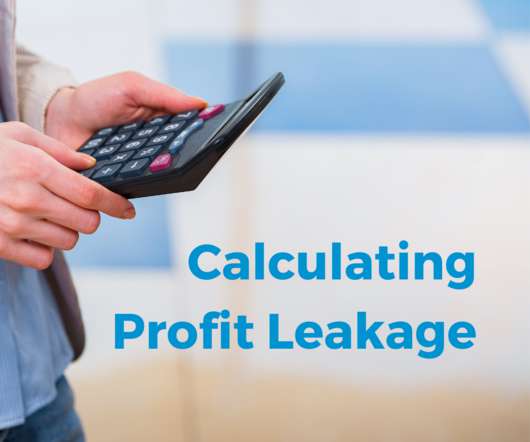2008 Financial Crisis – Causes and historical context
Tom Spencer
NOVEMBER 17, 2018
Many an economics and finance course later, I see that the layers of complexities to the 2008 financial crisis are innumerable. The senior slices of a CDO were considered to be safer because they had first priority on cash flows received from the pool of mortgages in the event of default. It all seemed so clear.
















Let's personalize your content